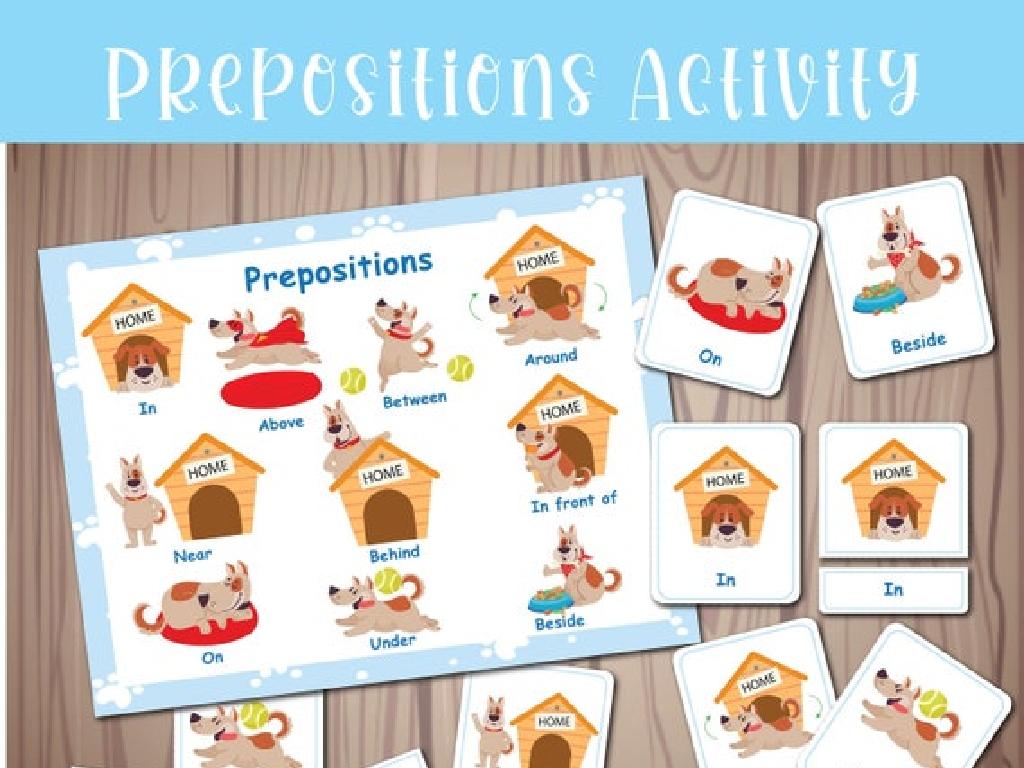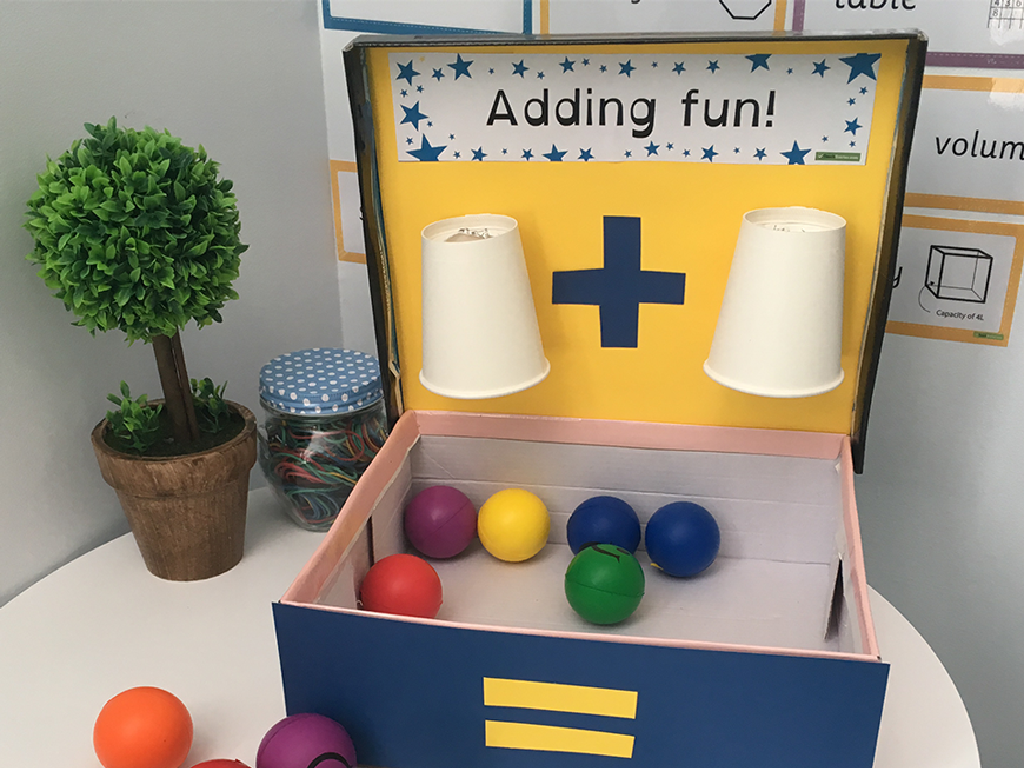Lunar New Year
Subject: Social studies
Grade: Third grade
Topic: Cultural Celebrations
Please LOG IN to download the presentation. Access is available to registered users only.
View More Content
Exploring Lunar New Year
– What is Lunar New Year?
– It’s a festival marking the beginning of a new year on the lunar calendar.
– Why do people celebrate it?
– To welcome the new year with good luck and happiness.
– Celebrations in different cultures
– Different countries have unique traditions like dragon dances and special foods.
– Significance of cultural festivals
|
Today’s lesson introduces the Lunar New Year, a significant cultural festival celebrated by many Asian countries. It’s based on the lunar calendar, which is different from the Gregorian calendar used in the West. People celebrate to bring good fortune and joy into the new year. This festival is rich with traditions such as parades, family gatherings, and the giving of red envelopes. Understanding these celebrations helps us appreciate the diversity of cultures around the world. Encourage the students to think about their own traditions and how they compare to Lunar New Year festivities.
Exploring Lunar New Year
– Lunar New Year’s other names
– Also called Chinese New Year or Spring Festival
– Marks lunar calendar’s start
– It’s the first day of the moon’s cycle
– Celebrated across Asia
– Countries like China, Vietnam, and Korea celebrate it
– Significance in culture
– It symbolizes renewal and family unity
|
Lunar New Year, often referred to as Chinese New Year or Spring Festival, is a significant holiday that marks the beginning of the lunar calendar, which is based on the cycles of the moon. This celebration is not limited to China; it’s a time of festivity for many Asian countries, including Vietnam, Korea, and others. The holiday is rich with cultural significance, symbolizing the start of a new year filled with hope, renewal, and the gathering of family. In the classroom, students can explore the various traditions, foods, and activities that are part of the Lunar New Year celebrations in different cultures.
When is Lunar New Year?
– Based on the moon’s cycle
– Falls between Jan 21st & Feb 20th
– Find this year’s date on a lunar calendar
– Let’s use a lunar calendar to locate the exact date for this year’s celebration.
– Understand why the date changes
– The moon’s cycle is different from our regular calendar, that’s why it changes.
|
This slide introduces students to the concept of the Lunar New Year and its variable date. Begin by explaining that unlike the January 1st New Year’s Day, the Lunar New Year is based on the lunar calendar, which follows the phases of the moon. This is why the date changes every year. Show them a lunar calendar and how to find the date for the current year’s Lunar New Year. Explain that it can fall any time between January 21st and February 20th. This will help students understand the difference between the solar and lunar calendars and the cultural significance of the Lunar New Year in many countries.
Symbols of Lunar New Year
– Red envelopes for luck
– Red envelopes, called ‘hongbao’, often contain money and are given for good luck and prosperity.
– Lanterns and dragons
– Colorful lanterns and dragons are used in decorations to bring good fortune.
– Special foods to enjoy
– Dumplings represent wealth, and rice cakes symbolize a prosperous year ahead.
– Significance of each symbol
– Each symbol has a special meaning and is an important part of celebrating Lunar New Year.
|
This slide introduces students to the vibrant symbols associated with the Lunar New Year, a significant cultural celebration in many Asian countries. Red envelopes, or ‘hongbao’, are a traditional gift symbolizing good luck and prosperity. Lanterns and dragons are common decorations that add to the festive atmosphere and are believed to bring good fortune. Special foods like dumplings and rice cakes are not only delicious but also carry meanings of wealth and prosperity. Discuss the importance of each symbol and how they contribute to the festivities. Encourage students to think about symbols in their own cultures and how they might compare to those of Lunar New Year.
Traditions of Lunar New Year
– Cleaning homes for good luck
– Before New Year, we clean our homes to remove bad luck and welcome good fortune.
– Family reunions with big meals
– Families gather to enjoy large feasts celebrating togetherness.
– Fireworks and dragon dances
– Colorful fireworks and dragon dances are a vibrant part of celebrations.
– Scaring away evil spirits
– These traditions are believed to frighten away evil spirits for a prosperous new year.
|
This slide introduces students to the rich traditions of Lunar New Year, emphasizing the cultural importance of cleanliness, family, and protective rituals. Explain that cleaning homes is not just about tidiness, but also about making space for good luck in the new year. Highlight the significance of family reunions as a time for sharing love and happiness. Discuss how fireworks and dragon dances add excitement to the festivities and are rooted in the ancient belief of warding off misfortune. Encourage students to think about their own family traditions and how they might compare to those of Lunar New Year.
Lunar New Year Around the World
– Countries celebrating Lunar New Year
– China, Vietnam, Korea, and others observe this festive time.
– Unique traditions in each country
– Dragon dances in China, T¿t in Vietnam, Seollal in Korea.
– Sharing global Lunar New Year stories
– Listen to stories from different countries about how they celebrate.
– Understanding cultural diversity
|
This slide aims to introduce students to the global celebration of Lunar New Year, highlighting the diversity of traditions. Emphasize that while many countries celebrate this holiday, each one has its own set of customs and practices. For example, China is famous for its dragon dances and red envelopes, Vietnam has T¿t with special foods and flower markets, and Korea celebrates Seollal with ancestral rites and traditional games. Encourage students to share any Lunar New Year stories they know or have experienced, fostering an appreciation for cultural diversity. This can be a great opportunity for students with different backgrounds to share their heritage with the class.
Let’s Celebrate Together: Red Envelopes
– Class Activity: Create red envelopes
– Decorate with symbols of luck
– Use dragons, fish, or characters for prosperity
– Write a new year wish
– Think about what you hope for this year
– Share wishes with the class
|
This activity is designed to engage students with the Lunar New Year celebration by making their own red envelopes, which are traditional gifts for this holiday. Provide red paper, markers, and stickers for decoration. Explain the significance of symbols like dragons and fish, which represent good luck and prosperity. Guide the students to reflect on their wishes for the new year and write them down to place inside their envelopes. Encourage them to share their wishes with the class if they feel comfortable. This will help them understand and appreciate the cultural importance of the Lunar New Year in a fun, interactive way.






